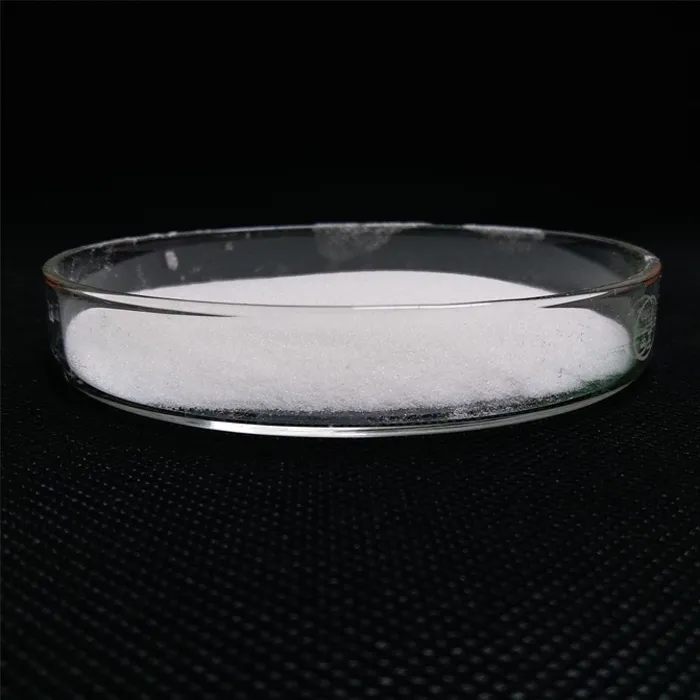The Role of Aspartate and Ornithine in Biological Systems
Aspartate and ornithine are two amino acids that play critical roles in various biochemical processes within living organisms. While both are non-essential amino acids, meaning that they can be synthesized by the body rather than being obtained solely from the diet, their functions are pivotal in metabolism, particularly in the urea cycle and the synthesis of other important biomolecules.
Aspartate A Versatile Amino Acid
Aspartate, also known as aspartic acid, is a key player in amino acid metabolism. It is involved in several critical biochemical pathways, including the urea cycle, which is essential for the removal of excess nitrogen from the body. This amino acid serves as a precursor for the formation of other amino acids, such as methionine and lysine.
One of the most intriguing aspects of aspartate is its role in neurotransmission. It acts as an excitatory neurotransmitter in the central nervous system by stimulating N-methyl-D-aspartate (NMDA) receptors, which are involved in synaptic plasticity and memory function. This suggests that aspartate not only participates in metabolic processes but also influences cognitive functions.
In addition, aspartate is involved in the synthesis of nucleotides, the building blocks of DNA and RNA. This makes it vital for cell division and growth. The prevalence of aspartate in various metabolic pathways signifies its importance across different physiological systems.
Ornithine A Crucial Intermediate
Ornithine, on the other hand, is predominantly known for its role in the urea cycle. This cycle is crucial for detoxifying ammonia in the liver, converting it into urea, which can then be excreted by the kidneys. Ornithine acts as a substrate in this process, linking the nitrogen waste with other molecules to form urea.
Furthermore, ornithine serves as a precursor for the synthesis of arginine, another significant amino acid involved in various physiological functions, including the production of nitric oxide (NO), a vital signaling molecule in blood circulation and immune response. The conversion of ornithine to arginine underscores its significance not just in waste management but also in regulating vascular health and immune functions.
aspartate ornithine

Interplay Between Aspartate and Ornithine
The connection between aspartate and ornithine extends beyond their individual roles, as they share pathways in amino acid metabolism. Aspartate can contribute to ornithine synthesis, especially under conditions of increased metabolic demand. For example, during periods of growth or stress, enhanced synthesis of these amino acids may be necessary to meet the body’s physiological requirements.
Moreover, aspartate is involved in the transamination reactions that can facilitate the conversion of various amino acids, including ornithine. This relationship showcases the complexity of amino acid metabolism and the precise regulation of biochemical pathways.
Nutritional Implications
Understanding the roles of aspartate and ornithine can have nutritional and therapeutic implications. For instance, supplementation with these amino acids may be beneficial in specific conditions, such as liver diseases or metabolic disorders. Additionally, athletes may benefit from amino acid supplementation to support recovery and performance.
It is also essential to recognize the potential for imbalances in amino acids to affect overall health. A diet deficient in these amino acids could impair neurotransmission or hinder the body’s ability to detoxify ammonia, leading to various health issues.
Conclusion
In summary, aspartate and ornithine are more than mere building blocks of proteins; they are integral components of critical metabolic pathways that influence numerous physiological processes. Their interlinked roles in the urea cycle and amino acid metabolism highlight the complexity and interconnectedness of biochemical pathways in the body. As research continues to unveil the intricate relationships among amino acids, their potential for therapeutic and nutritional applications becomes increasingly clear, emphasizing the importance of these two amino acids in maintaining health and well-being.

